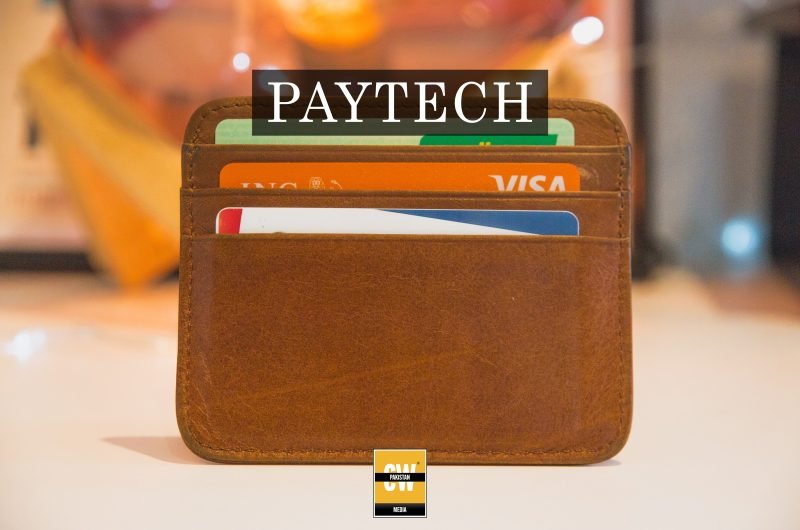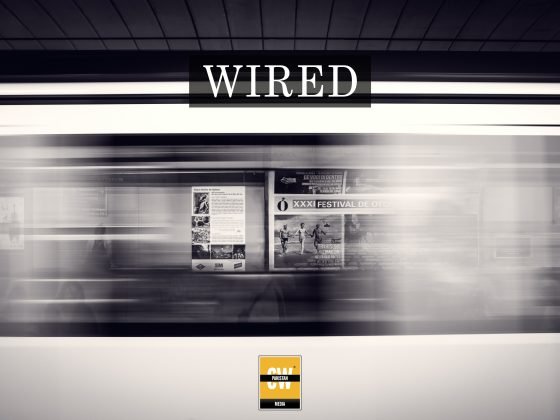In a significant move to accelerate Pakistan’s digital transformation, the State Bank of Pakistan (SBP) has unveiled plans to develop simplified digital payment packages and incentives tailored for small and medium-sized enterprises (SMEs). The initiative is a key part of broader efforts to steer the country toward a more robust cashless economy.
The update emerged during a high-level meeting chaired by Prime Minister Shehbaz Sharif. The gathering served as a platform to assess the nation’s digital progress and strategize the next steps under the ambitious “Digital National Pakistan” agenda. Senior officials shared that the government has constituted three pivotal committees—the Digital Payments Innovation and Adoption Committee, the Digital Public Infrastructure Committee, and the Government Payments Committee—to fast-track the transition from cash to digital transactions.
Targets under discussion during the meeting highlight the aggressive roadmap the government intends to pursue. Officials outlined plans to increase the number of mobile app users actively engaging in digital transactions from the current 95 million to 120 million. Similarly, the number of QR code-enabled merchants is expected to more than double, rising from 0.9 million to 2 million. The volume of digital payments is also slated for a significant boost, aiming to grow from Rs. 7.5 billion to Rs. 12 billion.
Prime Minister Shehbaz Sharif, emphasizing the urgency of these goals, directed the relevant departments to double these benchmarks to ensure an even faster digital shift. His directives underline the administration’s commitment to embedding digital financial services deep into Pakistan’s economic framework.
Beyond just payments, the meeting also reviewed other key digital initiatives. Notably, the rollout of the Digital Pakistan ID project was highlighted, which aims to streamline identity verification and support various e-government services. Additionally, the expansion of e-stamping services in Islamabad is set to reduce paperwork and bring more efficiency to official processes.
The government is also working to bridge connectivity gaps by expanding free Wi-Fi zones across critical public spaces. Hospitals, educational institutions, government offices, parks, and public transport hubs will see enhanced connectivity, making it easier for citizens to access digital services. The Prime Minister instructed that these facilities be extended throughout the federal territories, explicitly including Azad Jammu and Kashmir and Gilgit-Baltistan, to ensure no region is left behind in the digital journey.
This multi-pronged approach reflects Pakistan’s drive to modernize its financial ecosystem and align with global digital trends. By simplifying digital payment systems and offering incentives to SMEs, the State Bank hopes to onboard thousands of merchants and customers who have traditionally relied on cash. These efforts are expected to improve transaction transparency, reduce costs associated with cash handling, and stimulate growth across fintech, e-commerce, and broader financial sectors.
As the committees ramp up their work and set the stage for these ambitious targets, Pakistan appears poised to take significant strides toward a fully digitized economy. The coming months will be crucial in translating these strategies into tangible outcomes that reshape the country’s financial landscape.









